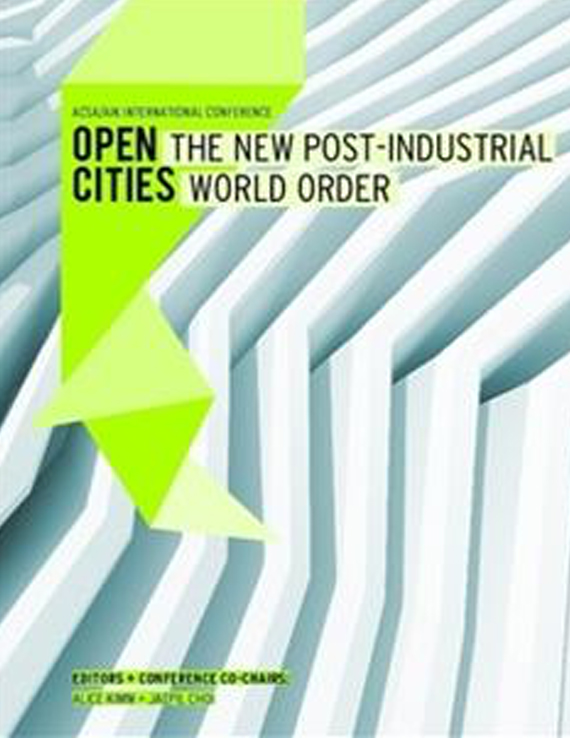Author(s): Gregory Marinic
Historically, suburban life has represented the American Dream—a mirror of opportunityand prosperity expressed in an autonomous built environment basedon single-family houses and car dependence. In postwar America, suburbs werewhere most Americans wanted to live—and the developing world took notice.Since that time, the United States has exported its suburban ideals to the restof the world. In recent years, shifting demographics have begun to suggest thatsuburbia has become more than a homogeneous domestic utopia. More recently,Sunbelt suburbia has emerged as increasingly diverse, complex, and globalized, aswell as undeniably tethered to the developing world. Within this new periphery,undercurrents of racial, economic, and social segregation persist—yet an alternativeglobal peripheral American has begun to reinvent, re-appropriate, and hybridizea landscape of new opportunities—of new resiliences. Within this shockinglyaltered “suburbia”—dystopias have become the rule rather than the exception.This terrain vague is expressed through disinvestment, radical shifts in usage,spontaneous appropriation of land, and ultimately, in the development of informalsettlements and patterns of consumption that fall far outside expectations.The global aspirations of a new American “suburban” terrain vague reveals subtlemodes of colonizing, controlling, and exploiting otherwise unproductive zones,while simultaneously implanting new norms. This paper researches and documentszones of abandonment and less formal urban patterns, as well as sharedcultural flows within the urban conglomeration of Houston. Casting its lens onmigration and global identities, this paper reveals how cast-off peripheral spacesand places provide new opportunities for globalized city-making. Looking closer,this investigation will examine forces of growth and disinvestment across cultures,while identifying alternative occupancies, ways of building, and sustainable modesfor redefining urban “peripheries” into more adaptable, resilient, and diverse environments.Using Houston as a laboratory of peripheral case studies, research willpresent examples of obsolescence, shifts in consumer culture, and the rise in disinvestment—as well as the rise of an alternative and inherently globalized AmericanDream. It will cast its lens upon these interstitial occupancies to reconsiderfutures and to question gentrification in the trans-cultural peripheries of Houston.
Volume Editors
Alice Kimm & Jaepil Choi
ISBN
978-0-935502-91-6

 Study Architecture
Study Architecture  ProPEL
ProPEL 
